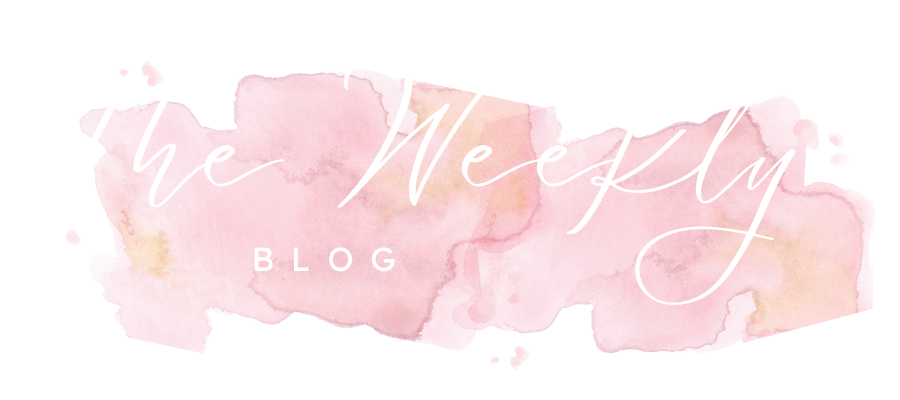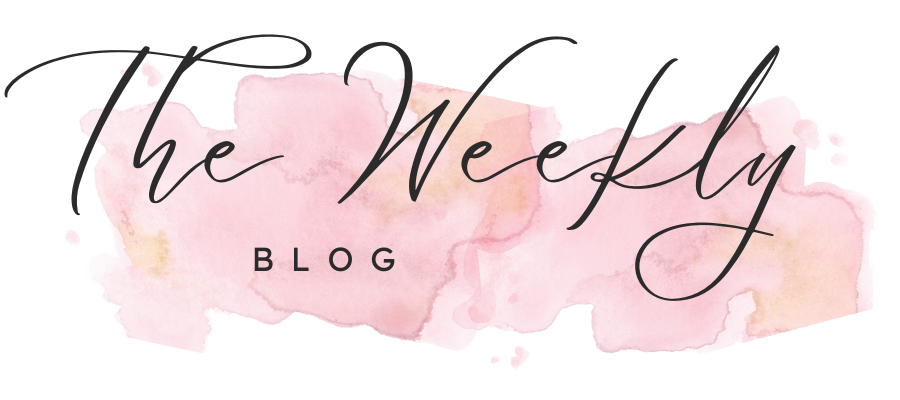Games
Hybrid Monetization Models: Balancing Premium and Live-Service
In 2025, the line between “buy once” and “pay forever” has blurred. Hybrid monetization models are rewriting the rules, allowing developers to blend premium experiences with long-term engagement—and keep both players and profits happy.
🎮 What Is a Hybrid Monetization Model?
A hybrid monetization model combines traditional premium pricing (buy-to-play or one-time purchase) with live-service monetization elements like:
- Season passes
- Cosmetic microtransactions
- DLC expansions
- In-game currency systems
- Optional subscriptions
🧠 Why Hybrid Monetization Is Exploding in 2025
| Factor | Explanation |
|---|---|
| 🎯 Player Expectations | Gamers want depth and replayability after purchase |
| 💸 Economic Pressure | Studios need recurring revenue to sustain content |
| 🔁 Engagement-Driven Design | Live updates = players return regularly |
| 🌎 Global Market Variance | Different markets have different payment behaviors |
| 🛍️ Platform Ecosystems | Stores like Steam, PSN, and Xbox support multi-tier monetization better than ever |
📊 The Numbers Behind the Trend
- 🎮 72% of 2025’s top-grossing games used a hybrid model
- 💰 Average revenue per paying user (ARPPU) is 3–5× higher for hybrid titles vs one-time sales
- ⏱️ Hybrid games have 40% longer average player retention
- 🛍️ 1 in 3 players is now comfortable spending after purchase—especially for cosmetics or QoL
🧩 Examples of Hybrid Monetization in Action
| Game | How It Blends Monetization |
|---|---|
| Diablo IV | Base game sold at $70, live service with battle passes and cosmetics |
| Baldur’s Gate 3 | Premium launch, future content teased as DLC and optional expansions |
| Call of Duty: Modern Warfare III | Full-price game + seasonal pass + skin bundles + XP boosters |
| Genshin Impact | Free-to-play core with heavy gacha, but supports premium passes and content packs |
| Palworld | Paid early access, live roadmap, optional paid mods and cosmetics incoming |
🧪 The Anatomy of a Well-Balanced Hybrid Model
✅ 1. Premium Core Content
- Offer a complete, satisfying experience at launch
- Avoid paywalls on main quests, progression, or mechanics
✅ 2. Non-Intrusive Monetization Layers
- Cosmetics, mounts, skins
- Season passes with story extensions or challenges
- Optional QoL boosts (e.g., inventory space, fast travel)
✅ 3. Live Content Roadmaps
- Monthly/quarterly updates
- Live events, community-driven content, collabs
✅ 4. Clear Player Value
- Paid content must feel optional, not essential to progression
- Be transparent about what’s free vs. paid
🧠 Psychology Behind Hybrid Monetization
| Principle | Application |
|---|---|
| 🔄 Commitment Bias | Players who’ve paid once are more likely to invest again |
| 🎯 Personalization | Cosmetics and bundles that match player identity = better conversion |
| 🕓 FOMO | Limited-time skins/events drive urgency |
| 💡 Reciprocity | Free seasonal content earns goodwill, which boosts future spending |
| 🧱 Progression Hooks | More time = more attachment = higher LTV (lifetime value) |
⚠️ Pitfalls to Avoid
| Mistake | Why It Hurts |
|---|---|
| 🛑 Pay-to-Win Mechanics | Undermines fairness and alienates non-spenders |
| 📉 Over-monetization | Too many tiers, currencies, or manipulative tactics = player fatigue |
| 🤐 Lack of Transparency | Hidden costs, bait-and-switch DLCs break trust |
| 🧩 Fragmented Content | Essential story beats locked behind paywalls |
🧰 Hybrid Monetization Tools & Platforms
| Tool | What It Offers |
|---|---|
| Steamworks DLC Manager | Manage multiple pricing models, bundles, expansions |
| Unreal Engine Economy Plugin | Microtransactions, virtual currency, season passes |
| Xsolla | Full-stack monetization: D2C, skins, currencies, subs |
| Unity Gaming Services | In-app purchases, live ops, battle pass tools |
| Gamepass / PS+ Tiering | Offer core content via subs, upsell DLC direct |
🧱 Building Your Hybrid Monetization Strategy
Step 1: Start With Player-Centric Design
- Prioritize fun first
- Monetization supports—not drives—the design
Step 2: Define Your Content Lifecycle
- 6–12 month roadmap
- Free vs. paid update plans
Step 3: Test Pricing & Bundling
- A/B test offers, currency packs, battle pass tiers
Step 4: Communicate Clearly
- Detail what’s included in base vs. premium
- Show value of every monetized item
🔮 The Future of Hybrid Monetization
1. AI-Driven Personal Pricing
- Dynamic storefronts that adjust based on behavior, geography, and time played
2. Seasonal Narratives
- Battle passes with episodic storytelling, lore arcs, and character unlocks
3. Mod Monetization Marketplaces
- Dev-approved UGC mods and skins sold as premium content
4. Subscription Boosters
- Monthly subs that include currency drip, free cosmetics, or exclusive content
5. Green Monetization
- Eco-conscious bundles, carbon-offset cosmetics, and sustainable merch drops
✅ TL;DR – Hybrid Monetization in 2025
| Element | Takeaway |
|---|---|
| 🧱 Model | Premium base + optional live-service layers |
| 🧠 Player Mindset | Spend = support, not obligation |
| 💸 Revenue | More sustainable than one-time or pure F2P |
| 🎯 Design | Must feel fair, optional, and content-driven |
| 🔮 Future | Personalized, ethical, and increasingly modular |
🎯 Final Thoughts: Monetization as a Game Design Tool
If you’re building a game in 2025:
- Give players a complete experience out of the box
- Let them support your vision with their wallets, not out of pressure—but out of passion
- And use monetization to build a sustainable studio, not just a launch day spike
Balance is power. Hybrid is the future.








